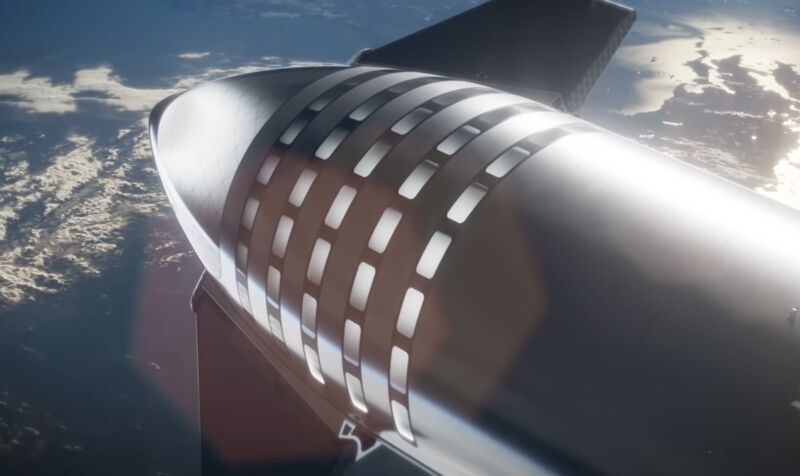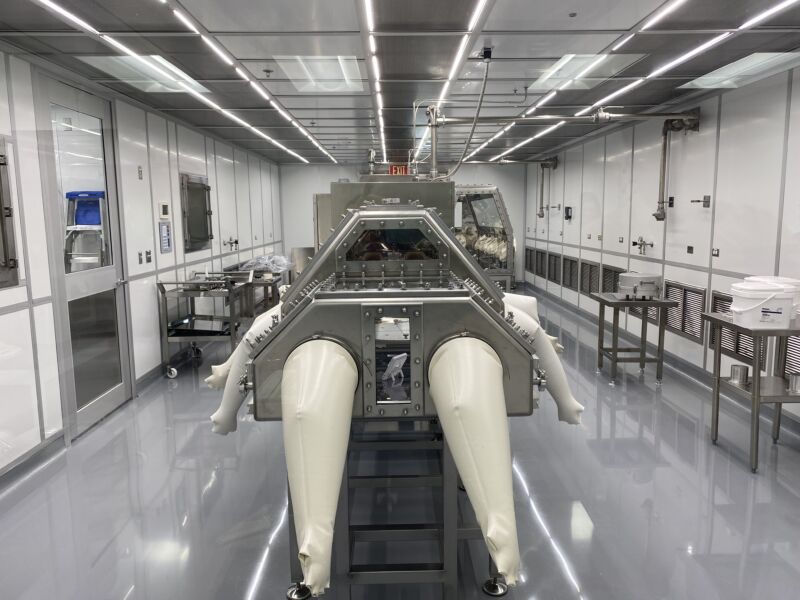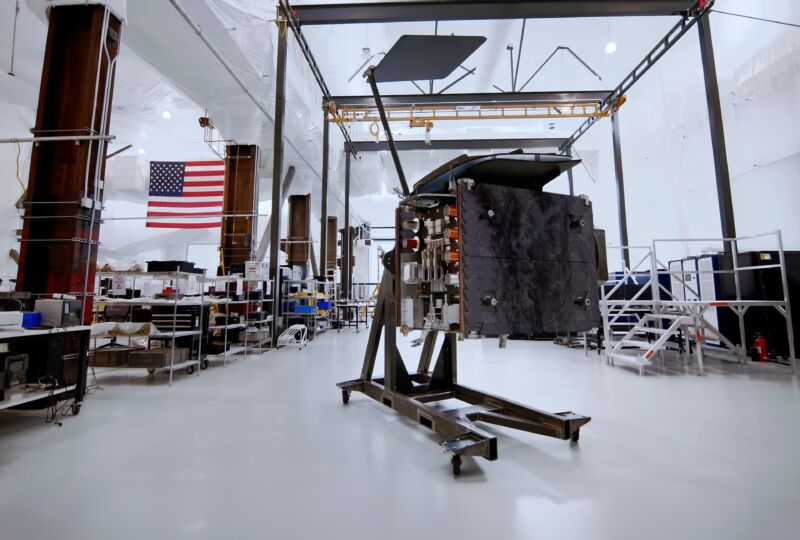-
 chevron_right
chevron_right
SpaceX’s next Starship launch—and first catch—could happen this weekend
news.movim.eu / ArsTechnica • 8 October, 2024
We may not have to wait as long as we thought for the next test flight of SpaceX's Starship rocket.
The world's most powerful launcher could fly again as soon as Sunday, SpaceX says, assuming the Federal Aviation Administration grants approval. The last public statement released from the FAA suggested the agency didn't expect to determine whether to approve a commercial launch license for SpaceX's next Starship test flight before late November.
There's some optimism at SpaceX that the FAA might issue a launch license much sooner, perhaps in time for Starship to fly this weekend. The launch window Sunday opens at 7 am CDT (8 am EDT; 12:00 UTC), about a half-hour before sunrise at SpaceX's Starbase launch site in South Texas.





